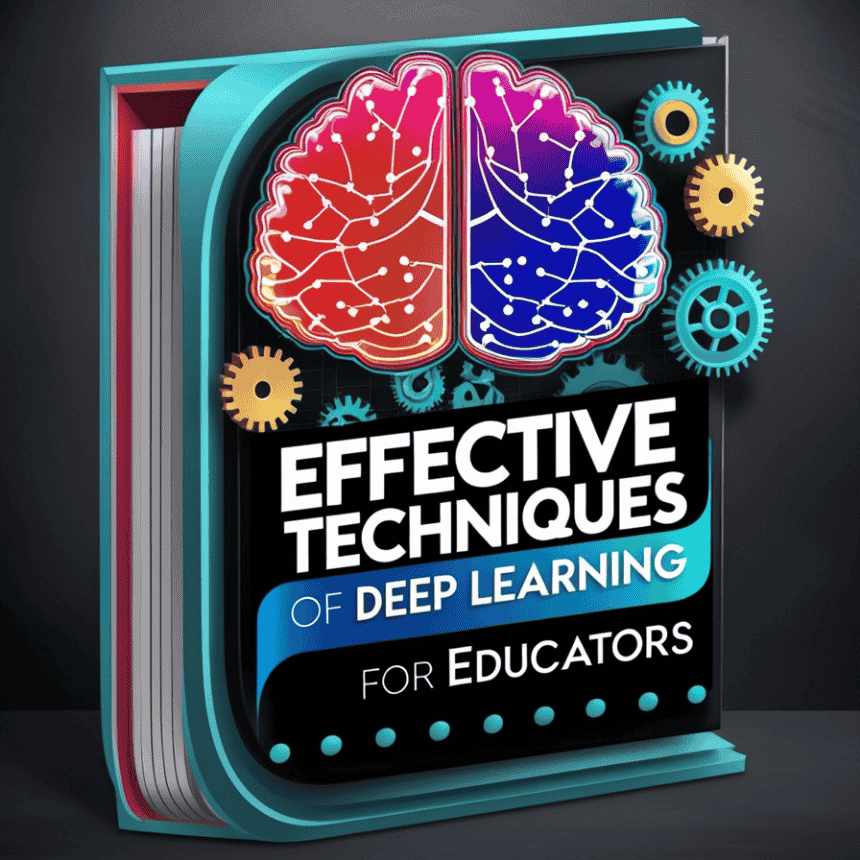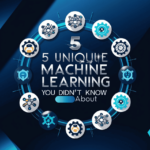How can educators use deep learning to improve teaching in real, everyday classrooms? One faces many challenges: not enough time, large classes, and different styles of learning. Deep learning could be used to create data-driven, customized methods of better connecting with each student.
It’s possible to imagine an ability to locate learning gaps early, or ways of helping students understand complex subjects, all while reducing routine tasks. The interesting thing about it is, with AI tools, they can do such things quicker, and this makes all the difference.
Curious to know exactly how deep learning actually does make the difference in a real classroom? Then look in and discover simple but impactful techniques for smoother daily teaching.
Why Deep Learning Matters in Education Today
Deep learning is making ways in education by understanding how teachers can address each unique need of a student. Imagine students facing different learning styles, and educators have less time and resources to work out.
Teachers can use deep learning and benefit from AI-driven tools that analyze the students’ progress and find holes in their learning. That way, teachers can have lessons customized to fit them, hence making learning very engaging and effective.
How can deep learning address the day-to-day classroom challenges? For example, it will help identify which students require more material or advanced information in real time. With more insights into the students, teachers are able to deliver a highly customized learning experience for every student.
How Can Deep Learning Change the Classroom?
The depth of learning can bring new approaches to the classroom to make complex ideas easier to understand by the students. Just imagine interactive lessons where each system predicts in which students learn best.
Teachers, using data, will support students with personalized needs-in real time wherever it matters. The approach sounds future-oriented but is already improving experiences by linking lessons to students’ unique learning styles.
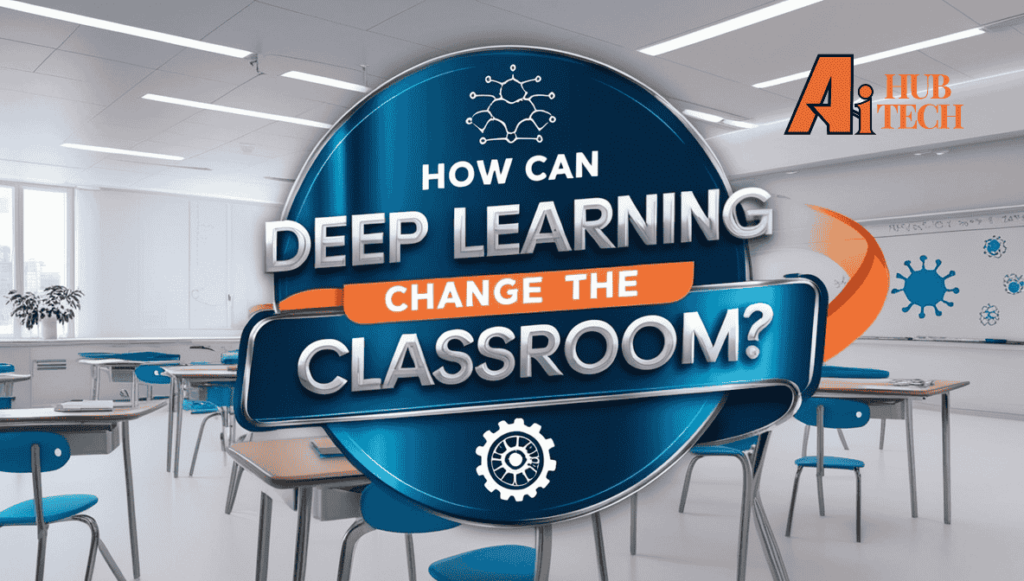
• Personalized Learning: Use data to adapt lessons to fit the strengths and struggles of individual students.
• Real-Time Feedback: Provide instant support on assignments, making problem-solving more accessible.
• Data-Driven Decisions: Help teachers know what works and what doesn’t, adapting to students’ changing needs.
Imagine a classroom in which technology supports each student differently, one at a time. Deep learning can enable teachers to create these learning spaces in which lessons can actually be relevant and applicable in students’ daily lives. With techniques that take the real-time insights provided, deep learning offers solutions to support students where they are and when they need help the most.
Engaging Students: Creative Ways to Use Deep Learning
How will deep learning change education? These are some of the very efficient ways to make it a fun learning process for the students:
• Engage students in adaptive performance-level interactive quizzes
• The use of video and animations for visual learning
• Assist learners to collaborate on projects from the shared online platforms
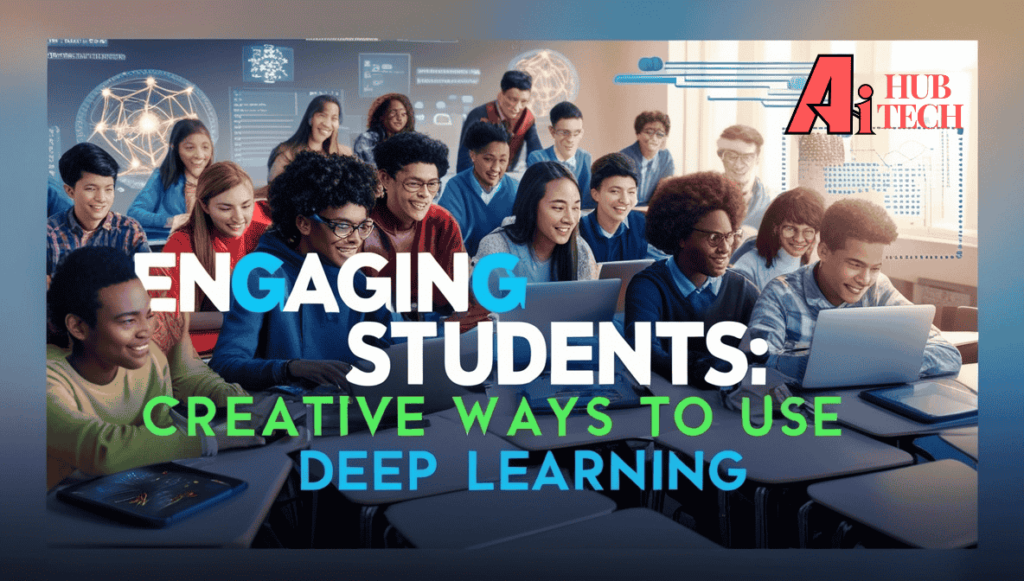
• Personalized learning pathways based on student’s strengths
• Instant feedback through the help of chatbots for supporting students during lessons
These methods Increase the interest of students and make experience-based learning for different learners. The deep learning techniques allow instructors to help different students who are in need and create an encouraging environment for learning. It makes the lessons not only more enjoyable but practical as it involves daily issues that come about in class. Learn these strategies and find out how they can change your teaching.
Getting Started: Simple Tips to Begin Your Deep Learning Journey
These simple steps that educators can use to engage students effectively in their deep learning journey are: understanding data helps teachers improve their strategies and improve classroom experiences. Research shows that effective deep learning approaches can boost student performance by 30%.
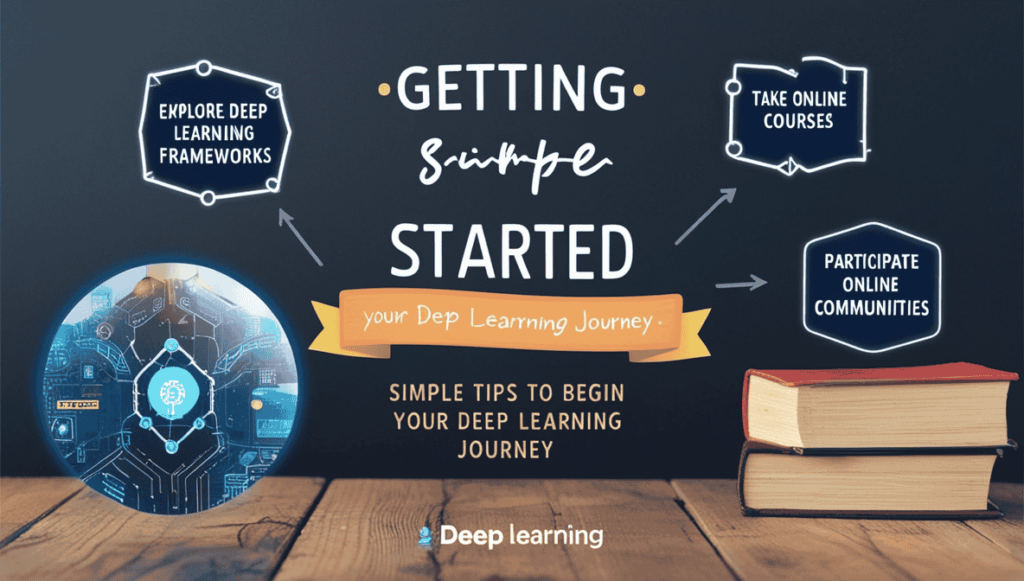
Teachers should focus on practical applications of concepts to make lessons relatable. Implementing project-based learning can develop creativity and critical thinking in students. Collaborative learning environments also provide a learner with the ability of working in teams.
An effective teacher should always embrace review of teaching as a continuous process to embrace changes of needs in the students. As such embracing the teaching techniques will help an instructor create a dynamic environment where learning takes place. Not only does it light up fire in the minds of students, but also leaves behind a better education history.
Applications of Deep Learning in Real Life Education
Deep learning shapes education through experiential learning. Data-driven Flexible learning platforms adnavce content to student needs. Virtual tutors offer real-time feedback to students on complex topics. Predictive analytics helps in identifying students at risk and intervenes in time.
AI-based tools automate the administrative work, freeing time for teaching. Natural language processing is used to better engage through chatbots answering questions instantaneously. Learning apps have gamification elements, making education fun.
These innovations are not only theoretical but solve problems in the classroom every day. Researching these applications creates an interest in the future of education and technology, making educators take up deep learning solutions more actively.
Top Deep Learning Techniques Every Educator Should Know
1. Convolutional Neural Networks (CNNs): Making Sense of Visual Data
CNNs change how educators interpret images and videos in the classroom. They process visual data so smoothly, and they can even identify patterns in pictures or videos. CNNs may be applied by educators in order to increase student involvement through the analysis of visual content.

When teachers understand images, they can adjust the lessons and make them more relevant. Just think about learning through prepared visual helps that have been advanced specifically for you. This is a way of making lessons interactive while also helping students to memorize better.
Exploring CNNs would unlock a world of endless possibilities for educators who wish to bring the visual into their teaching methods.
2. Recurrent Neural Networks: Understanding Language and Sequences
RNNs are known to process sequences of data-and it does this especially with language-where educators can use them to personalize reading and writing experiences and understand structures of sentences or contexts.
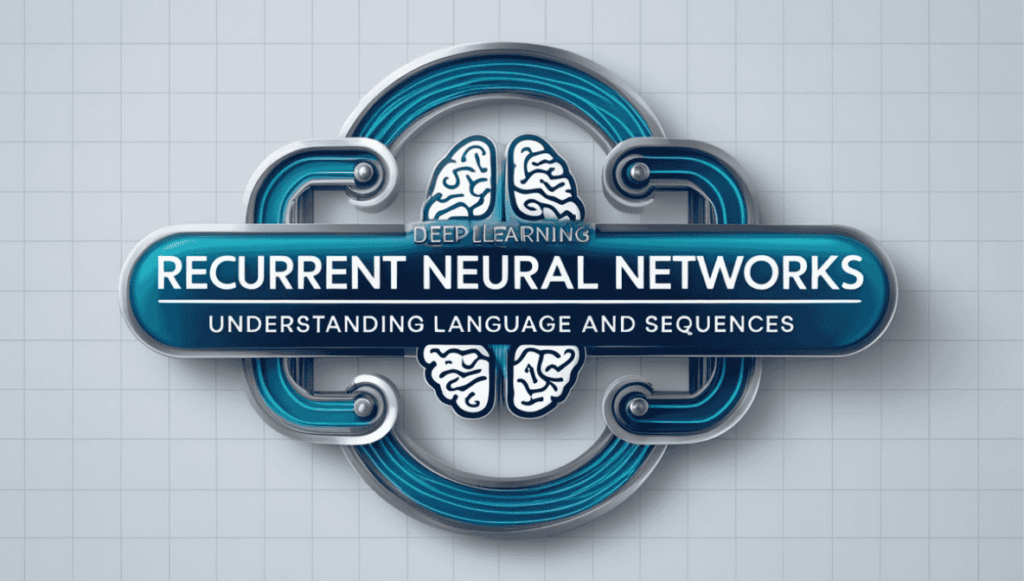
They allow the teacher to prepare materials for learning in which every student has the opportunity of learning at his speed. It makes their comment to the student very appropriately suitable to what each read, thus much effective in learning. Its ability for text sequence analysis means instructors make much better changes in their teaching technique.
3. Natural Language Processing: From Text to Meaning
It is the area through NLP, it makes communication of text and understanding possible to the instructors. This technology changes the way students respond to written text and enables them to learn better, especially on complicated subjects.

Through the use of NLP tools, teachers are able to create assignments that are more interactive and would elicit discussion with the students. Such applications can analyze the responses of the students to determine the most common points of misunderstanding.
Using NLP, educators are able to create activities that will help them foster critical thinking and improve the way they communicate. NLP in the Classroom Brings Students Closer to Material They Study.
Conclusion
Have you ever wondered how deep learning would change education? Many educators continue to struggle with various challenges on student engagement and personalized learning.
Deep learning offers solutions on techniques that include flexible learning systems and automated grading that make learning more interactive yet efficient for students and educators.
Deep learning will provide teachers with opportunities through which their creativity will grow with diversified learning experiences beneficial for all. It enables the integration of technology into learning and education. Such techniques revitalize the traditional mode of teaching.

